Cancer Treatment News
What’s New in Cancer Research and Treatment?
The Role of Food Variety in Gastrointestinal Cancers
The study examines how the number of different food types consumed, measured as Dietary Species Richness affects the risk of a variety of gastrointestinal cancers.
Read more at World Cancer Research Fund
Rosalind Study on “Super Survivors”
The first global study of why some people with cancer beat the odds and survive much longer than expected.
Elimination of cervical cancer with HPV vaccination
The article describes the cause of cervical cancer and how effective vaccines may be used to eliminate it.
Read more at Our World in Data
Cancer Detection and Artificial Intelligence
Detailed review of various AI-aspects in different cancers and their staging. It examines the role of AI in imaging and in detecting tumors, the implementation of AI algorithms in different types of cancers, and summarizes the challenges involved with AI application.
Ten Ways to Protect Yourself Against Cancer
A comprehensive cancer prevention guide full of lifestyle and diet tips to help reduce the risk of cancer.”
Read more at World Cancer Research Fund
Advances in Kidney Cancer Research
Research at the National Cancer Institure has made advances in detecting and treating kidney cancer, esspecially in identifying genes that can drive the development of kidney cancer. This knowledge has led to more effective treatments. Today, about 75% of people with kidney cancer will be alive 5 years after diagnosis.
International Breakthroughs Against Cancer
On its website the World Economic Forum presents 12 breaththroughs in the fight against cancer such as personalized cancer vaccines, seven minute cancer treatment jabs, AI and machine learning in cancer care, CAR-T-cell therapy, and more.
Accelerating Search for Glioblastoma Treatments
A pioneering new platform is set to offer more options to UK patients and kick-start progress in the search for glioblastoma treatment.
Read more at Cancer Research UK
Equitable Cancer Care at Any Age
“ … Ageism has particular relevance to cancer care, because most people with cancer are older adults, and cancer incidences are expected to increase globally as populations age. Older people can face barriers to treatment, including medical, social, and technological impediments, and support to overcome these barriers is often absent. However, even without these barriers, ageism, whether intentional or not, can affect clinical decision making, such that older people might not receive the highest quality care. …”
Editorial in The Lancet Oncology (April 2023)
Revitalising Cancer Trials Post-Pandemic: Time for Reform
The COVID-19 pandemic posed significant risk to the health of cancer patients, compromised standard cancer care and interrupted clinical cancer trials, prompting dramatic streamlining of services. From this health crisis has emerged the opportunity to carry forward an unexpected legacy of positive reforms to clinical cancer research, where conventionally convoluted approvals processes, inefficient trial design, procedures and data gathering could benefit from the lessons in rationalisation learned during the pandemic.
British Journal of Cancer (2023)
Nanotechnology in Cancer Diagnosis and Treatment
“Traditional cancer diagnosis has been aided by the application of nanoparticles (NPs), which have made the process easier and faster. NPs possess exceptional properties such as a larger surface area, higher volume proportion, and better targeting capabilities. Additionally, their low toxic effect on healthy cells enhances their bioavailability and t-half by allowing them to functionally penetrate the fenestration of epithelium and tissues. These particles have attracted attention in multidisciplinary areas, making them the most promising materials in many biomedical applications, especially in the treatment and diagnosis of various diseases. Today, many drugs are presented or coated with nanoparticles for the direct targeting of tumors or diseased organs without harming normal tissues/cells. Many types of nanoparticles, such as metallic, magnetic, polymeric, metal oxide, quantum dots, graphene, fullerene, liposomes, carbon nanotubes, and dendrimers, have potential applications in cancer treatment and diagnosis. In many studies, nanoparticles have been reported to show intrinsic anticancer activity due to their antioxidant action and cause an inhibitory effect on the growth of tumors. Moreover, nanoparticles can facilitate the controlled release of drugs and increase drug release efficiency with fewer side effects. Nanomaterials such as microbubbles are used as molecular imaging agents for ultrasound imaging. This review discusses the various types of nanoparticles that are commonly used in cancer diagnosis and treatment.”
Study of Nanoparticles for Photodynamic Therapy and Imaging (2023)
Algorithm offers new way to spot patients likely to respond to immunotherapy
Scientists have developed a new way of using cancers’ DNA to spot cancer patients who may benefit from immunotherapy. Researchers developed a computer algorithm to tell the difference between two different strategies that tumours use to hide from the immune system – one of which is better at dodging the effects of immunotherapy than the other. A team led by scientists at The Institute of Cancer Research, London and the Human Technopole in Milan found that the algorithm could help guide treatment by predicting whether immunotherapy is likely to work. It also tells us more about the evolutionary arms race between cancer and the immune system, potentially supporting efforts to diagnosis and treat cancers earlier.
The Institute of Cancer Research, London
